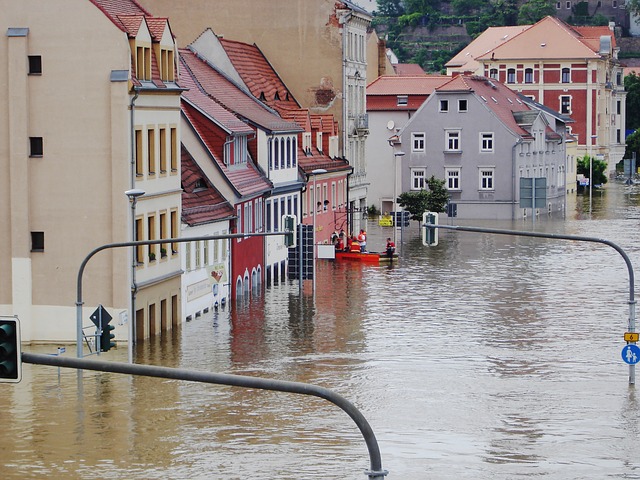Consequences of Climate Change
Our climate is becoming more extreme, which also has extreme consequences for humans and nature.
Climate prediction
Both weather and climate are very complex systems and therefore can never be predicted exactly. Uncertainties always remain. For this reason, unambiguous predictions for the effects of climate change are not possible. Scientists can, however, say how likely events are to occur.
The consequences of rising temperatures
Future developments are simulated with the help of climate models. In this process, it is very likely that certain events will occur due to the global temperature rise. A rise in temperature has very different regional effects.
Oceans
Linked to the rise in air temperature is the temperature of the oceans: it rises and the water expands as a result of this warming. The sea level thus rises. Especially coastal regions or smaller islands are significantly affected by this sea level rise.
Northern hemisphere
Warming intensifies
Sea level rise endangers coastal regions
Arctic sea ice melts
Glaciers recede
Permafrost thaws
In the northern hemisphere, for example, more warming is taking place. Glaciers and Arctic sea ice are receding because the ice is melting. Sea levels are rising not only because of the expansion of water due to global warming. Melting sea ice or glaciers also raise sea levels.
The permafrost soils in the north are soils that have been frozen for a longer period of time - several years. As they thaw erosions occur, especially in coastal areas. The slopes then slide down. In addition, a lot of methane is stored in the permafrost. This is released when the soils thaw.
Extreme events
When temperatures increase, the probability of extreme weather events increases greatly. In addition, these events occur more often or last longer than before. A temperature increase of 2°C has extreme consequences worldwide:
Heavy and sudden rainfall
Floods and high tides
More frequent storm surges and tropical cyclones
Droughts

Effects of droughts on agriculture and inhabitants
Heat waves will occur more frequently, last longer and be more intense. For agriculture, that means major crop losses.
If nothing grows in certain regions for years because of drought, people will flee. Heat waves can therefore trigger migration flows of so-called climate refugees.
These effects of climate change bring with them considerable dangers. They are not only dangerous for humans, but also for ecosystems.
Opportunities of climate change
Does climate change only have negative consequences? No, in some regions of the world, some positive consequences of the temperature rise are also expected, for example milder winters.
Another consequence of climate change are shifting vegetation periods.
Vegetation periods are the periods of time when plants grow each year. After the end of winter, a certain temperature must be reached for a plant to start growing. In the case of corn, this is +6 °C. Climate change is causing the temperature to rise, and in some regions plants can grow earlier or much longer because their growing seasons are shifting.
The growing areas of certain plant species can shift in this way. In addition, plant species may be grown in regions where they were previously unable to grow.
Sources:
Parts of the article are taken in modified form from: Physical Geography Compact by Rüdiger Glaser et al. (2010), Human Geography Compact by Tim Freytag et al. (2016), Global Climate Change: Causes, Consequences, Options for Action by Germanwatch, Climate Models and Global Warming. On the fifth report of the Intergovernmental Panel on Climate Change (IPCC)" in Physics in Our Time, issue 45(3) and Earth System Knowledge Platform - the knowledge platform of the Helmholtz Association's research field "Earth and Environment" and
Climate change opportunities: parts of the article are taken in modified form from: German Federal Environment Agency and the German Federal Environment Agency's Climate Impact Chains, and Wikipedia.
Pictures:
Pixabay by LucyKaef